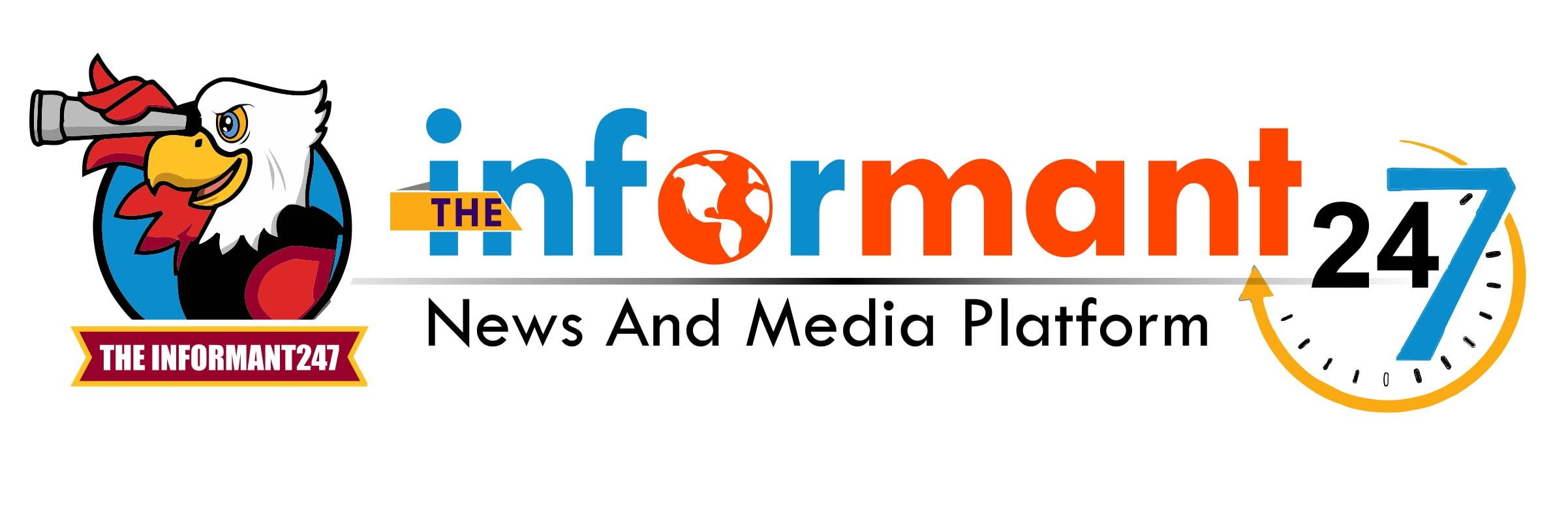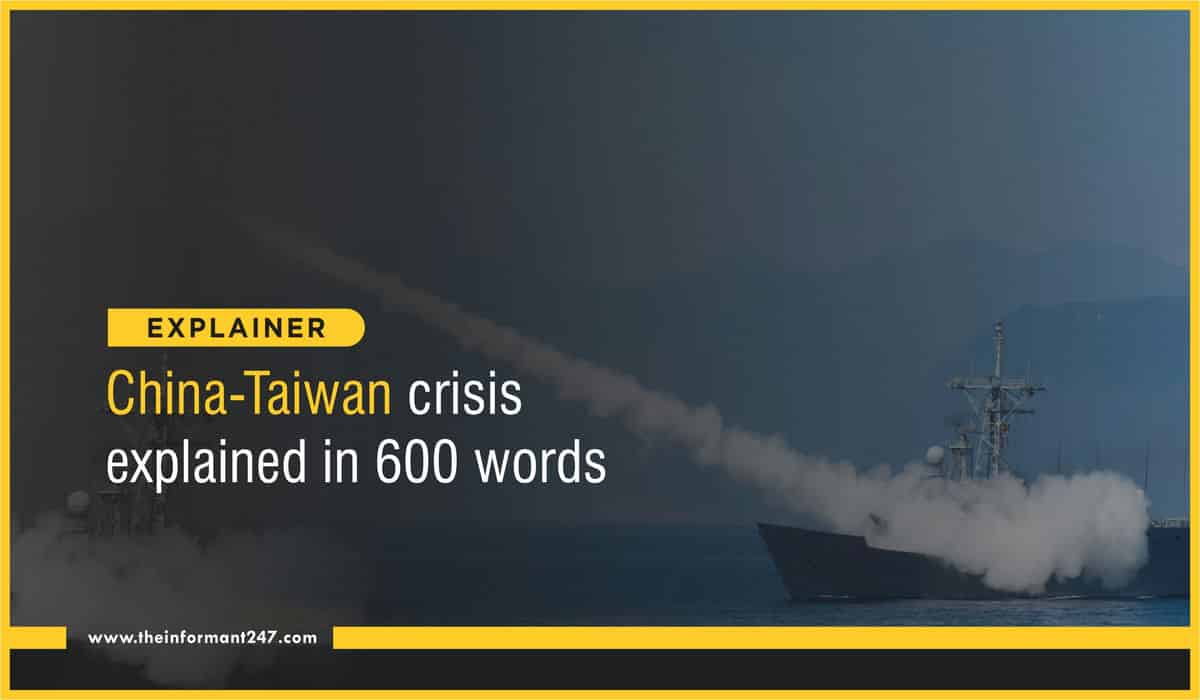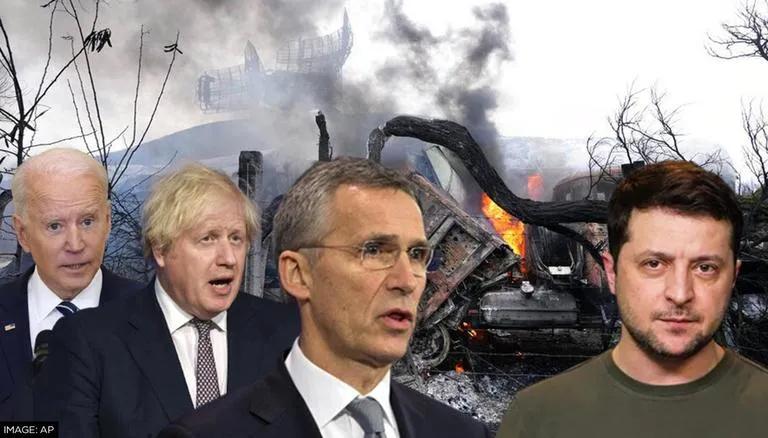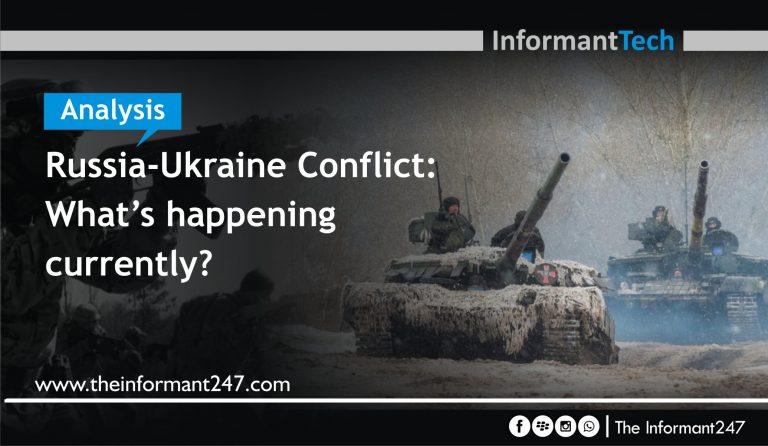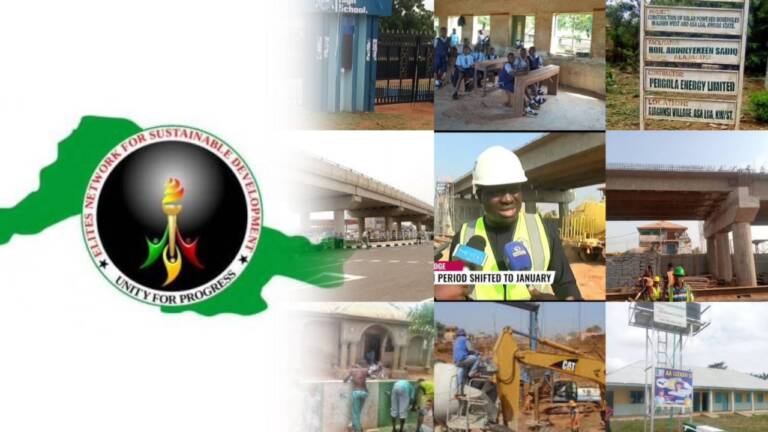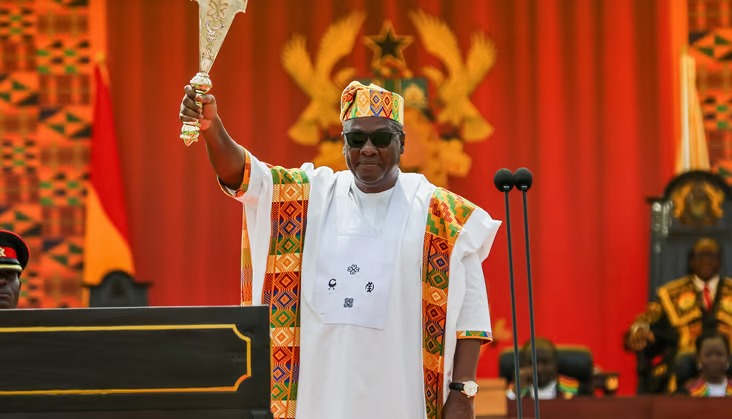Explainer | China-Taiwan crisis explained in 600 words
Clearly, the international sphere is on a radical course with the fireball of conflictual relations playing out.
In Europe, Russia and Ukraine appear to have fought each other to a standstill and increasingly in the Asia-Pacific, China and Taiwan are on a collision course. Communist China believes there is only one sovereign Chinese state and the self-ruled democratic island of Taiwan is an inalienable part of it.
Unreservedly, the island nation refutes such claims, and in all probability, war looms on the horizon.
What escalated tensions?
China launched unprecedented military operations around Taiwan earlier this month and till present carries on, however, on a limited scale. The Chinese maintain that the continued operations are a direct response to the diplomatic visit of US House Speaker, Nancy Pelosi to Taiwan.
Pelosi, who comes third in the US political hierarchy is the highest-profile elected American official to set foot on the island in a quarter of a century. The Chinese leadership sees the trip as indirect support of the US for separatist forces of Taiwanese independence.
Taiwanese response
To the Chinese – the island of Taiwan is a renegade province – to be reunified with the mainland by force, if necessary.
Conversely, Taiwan rules out Chinese territorial claims and to this end, braces up militarily, for a possible invasion.
Flashback
The crisis stemmed from the tussle for legitimacy over the political control of the entirety of China – the mainland and the ‘reverted’ island of Taiwan. Following the end of the Second World War, Japan lost hold of Taiwan and the island was handed over to the Republic of China (ROC).
The ROC, which now included Taiwan, was controlled by the Chinese Nationalist Party (Kuomintang) but a civil war ensued over time. The ROC led by the Kuomintang lost political control of the mainland to the rival Chinese Communist Party (CCP) and retreated to Taiwan in 1949.
Rivalry across the Taiwan straits
The ROC administration established its capital in Taipei and ruled over Taiwan and several outlying islands.
On the mainland, the CCP renamed the state – the People’s Republic of China (PRC) and set up its capital in Beijing.
The ROC and PRC
The ROC still regards itself as the legitimate government of China and maintains official diplomatic ties with 14 states. It once had a seat at the United Nations. However, in 1971 it was turfed out and replaced by the PRC.
The PRC, which commands much influence in the international community, claims to be the official government of the entirety of China. It has formal diplomatic relations with 181 states, including the US, and desires the reunification of the mainland and the island of Taiwan.
Discordant stance
President of Taiwan, Tsai Ing-wen, and her Democratic Progressive Party seek to make Taiwan less Chinese at every turn and favours independence. Continuously, they play down the prospect of Chinese reunification put forward by the PRC.
The Chinese presidency on the mainland is committed to the course of national reunification. It maintains that the Taiwan dispute is an internal matter and therefore resents external interference.
What role does the United States play?
Sino-US tensions are at historic highs with the Taiwan crisis on course. Relations and engagement between both powers have reached a new low. The US, the largest military spender in the world, is bound by law to provide the ROC with the means to defend itself.
Washington opposes a full independence bid by Taiwan on one hand and on the other is against a forceful takeover of the island by China.
Tension continues
Undoubtedly, the scale of any invasion of Taiwan by China would be colossal for all and sundry.
Tensions are running high on both sides and any miscalculation amid the continued military operations can start a war.
Read Also: Sri Lanka’s crisis explained in 500 words
Checkout: Is China set to mount a full-scale takeover of Taiwan?
